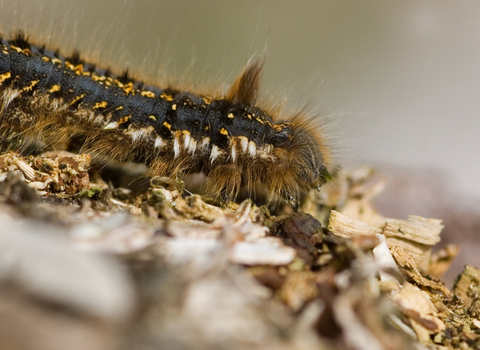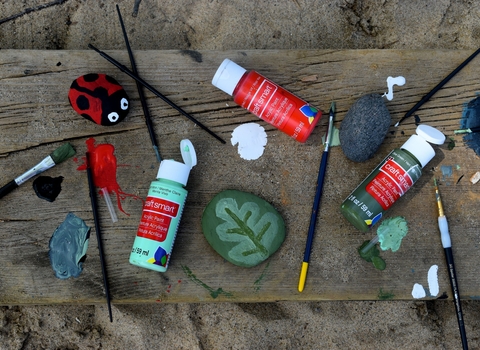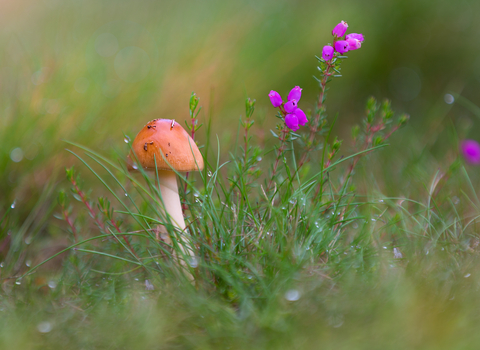What's a caterpillar?
A caterpillar is a young moth or butterfly. It is the second part of their four-stage life cycle (egg, larva, pupa, adult). Caterpillars have long, worm-like bodies with six real legs. They can also have some stumpy fake legs (called prolegs), which help them to move and cling to things.
Caterpillars can be fat and fluffy, brightly coloured or even camouflaged to look like a twig or bark. Some of the hairy caterpillars can make you itchy, so it's best not to touch them. Here are some of the common caterpillars you might spot!
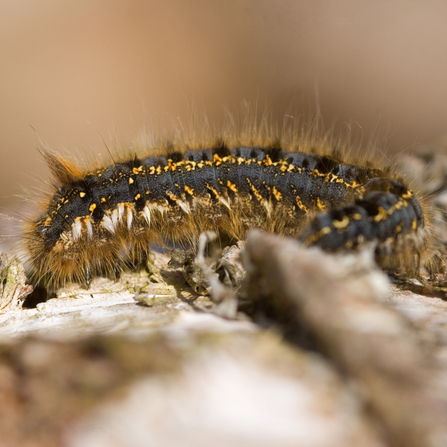
Drinker moth caterpillar (c) Tom Marshall
Drinker moth
This fluffy caterpillar is covered with brown hairs and golden speckles, with a line of white hairs along the side. It can grow to 7 cm long and likes wet, grassy places. Drinker moth caterpillars can be seen between August and June.

Fox moth caterpillar (c) Tom Hibbert
Fox moth
Another fluffy caterpillar, with long dark hairs on the sides and short orange hairs on top. Younger caterpillars are dark with orange bands. They grow to 7 cm long and are often seen on heathland and at the coast. They can be seen between June and April.
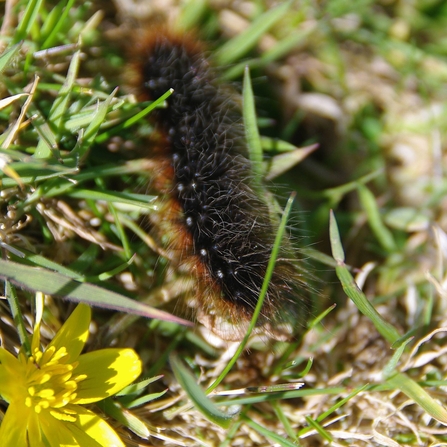
Garden tiger caterpillar (c) Gillian Day
Garden tiger
This caterpillar is so fluffy it has the nickname of woolly bear! It's black and ginger with longer white hairs and grows to 6 cm long. It lives in parks and gardens, as well as lots of other habitats. It can be seen between August and June.
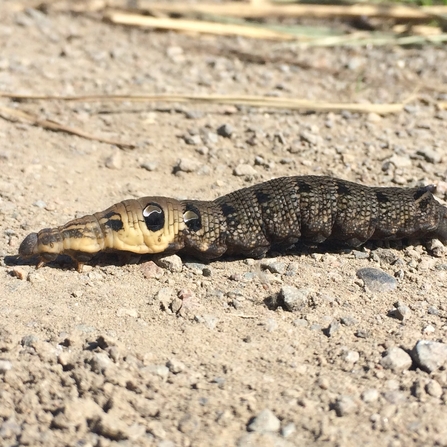
Elephant hawk-moth caterpillar (c) Tom Hibbert
Elephant hawk-moth
This enormous caterpillar looks a bit like an elephant's trunk! It has eyespots near the front of the body and a little horn at the back, like a tail. They love to munch on willowherb and fuchsia flowers and are often found in gardens. They grow to 8.5 cm and can be seen from June to September.
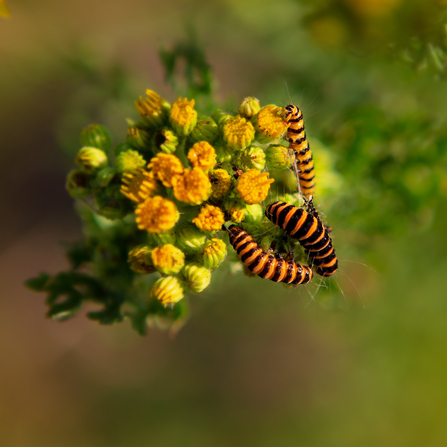
Cinnabar caterpillars (c) Jon Hawkins - Surrey Hills Photography
Cinnabar moth
These bright black-and-yellow striped caterpillars are often seen chomping on ragwort plants. Sometimes the caterpillars even eat each other! The bright colours are a warning to predators that they are poisonous, but cuckoos can still eat them. You can see them between July and September.
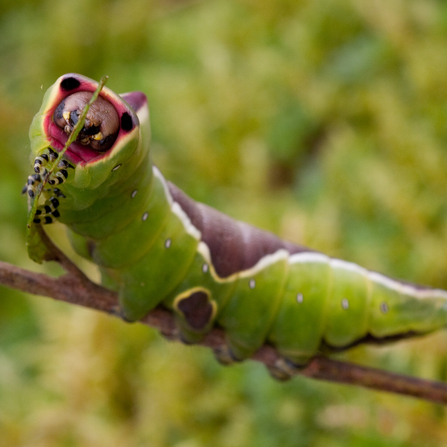
Puss moth caterpillar (c) Vaughn Matthews
Puss moth
This is one of our funkiest caterpillars. It's big, fat and green with two little tails. The head has a pink circle around it with two big black eye spots, making it look like a giant face. They can be found nibbling willow leaves in parks, gardens and wetlands. You can see them between June and September.

